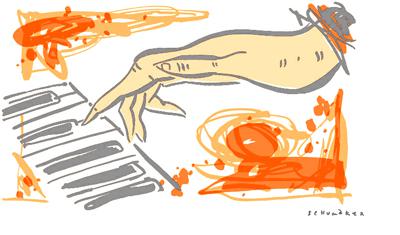
Julian Allen
(1942 - 1998)
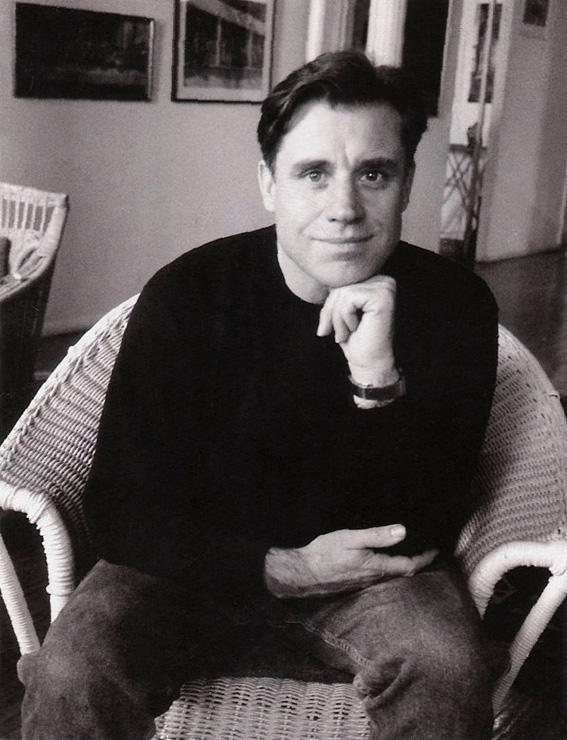
Ary Bergen
(1923 – 1995)
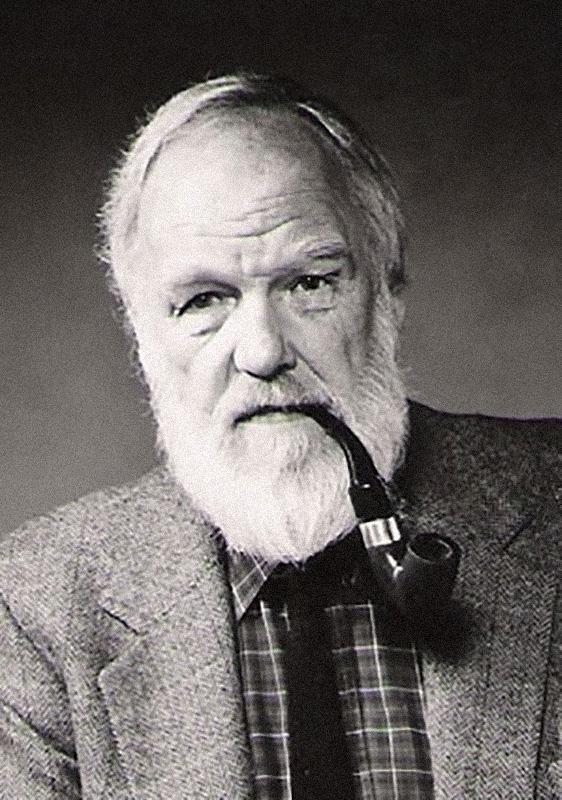
Andrzej Dudziński
(1945 – 2023)
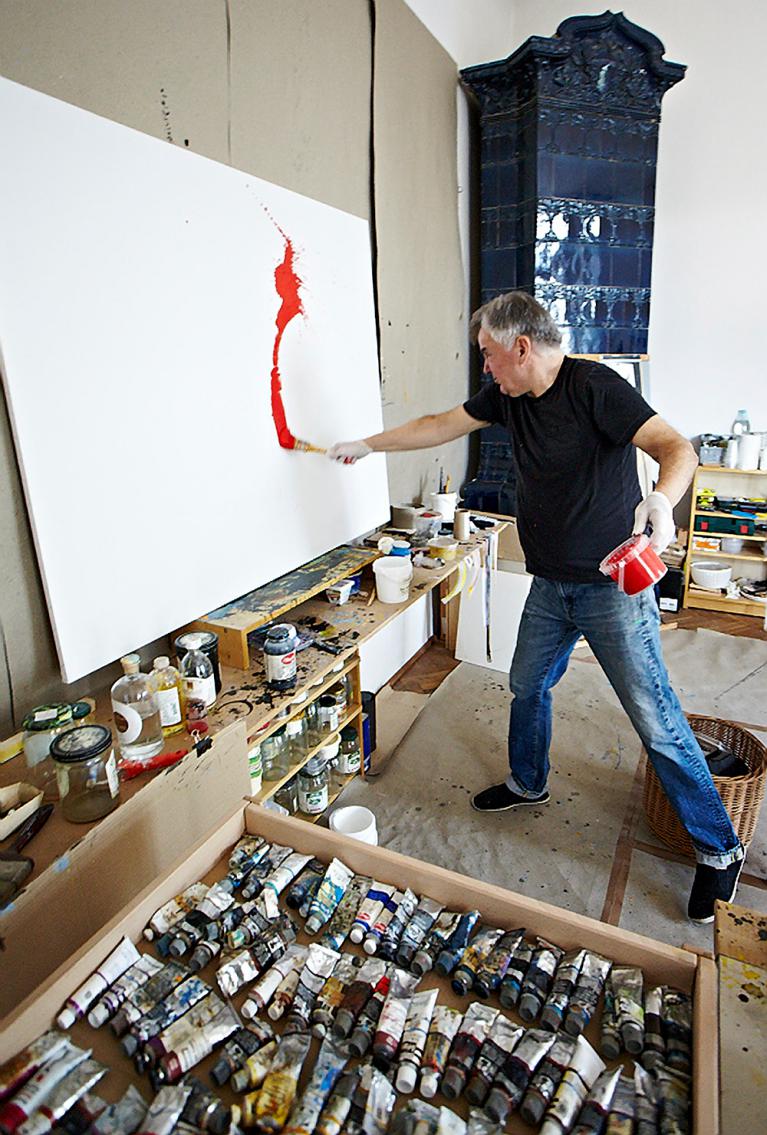
David Grove
(1940 – 2012)
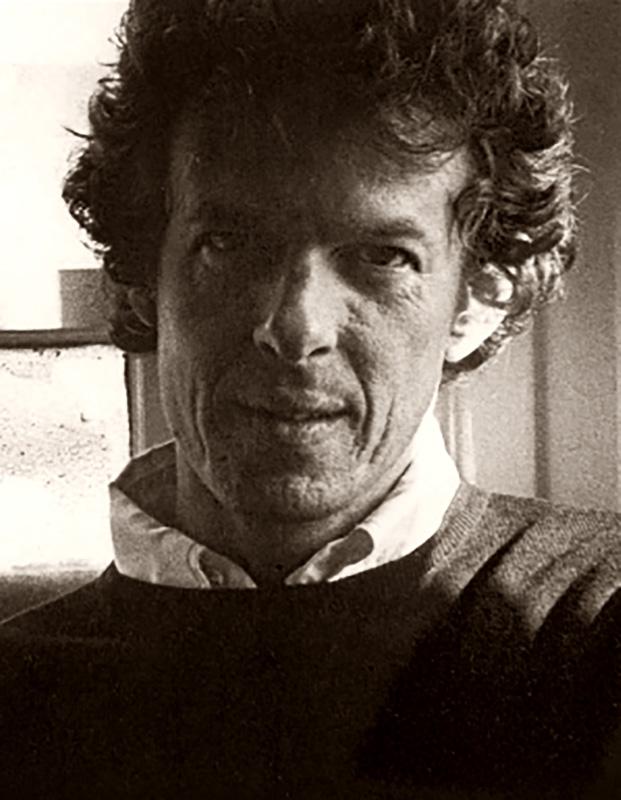
René Gruau
(1909-2004)
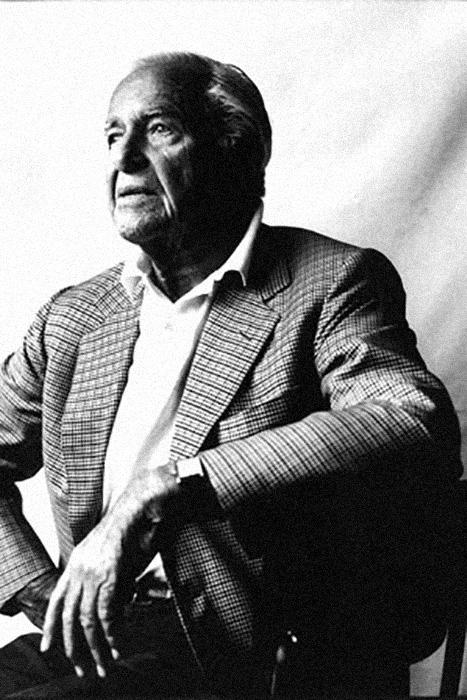
Brad Holland
(1943 – 2025)
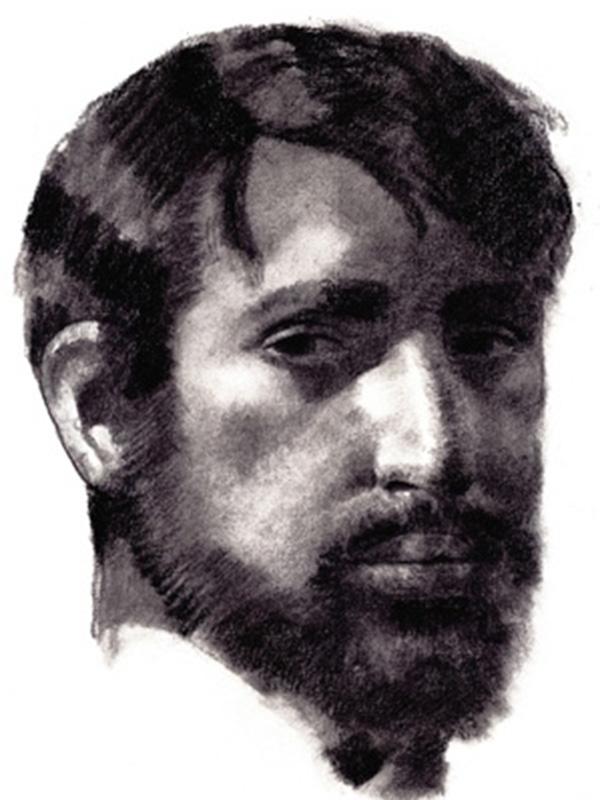
Michel Jouin
(1936 – 2018)
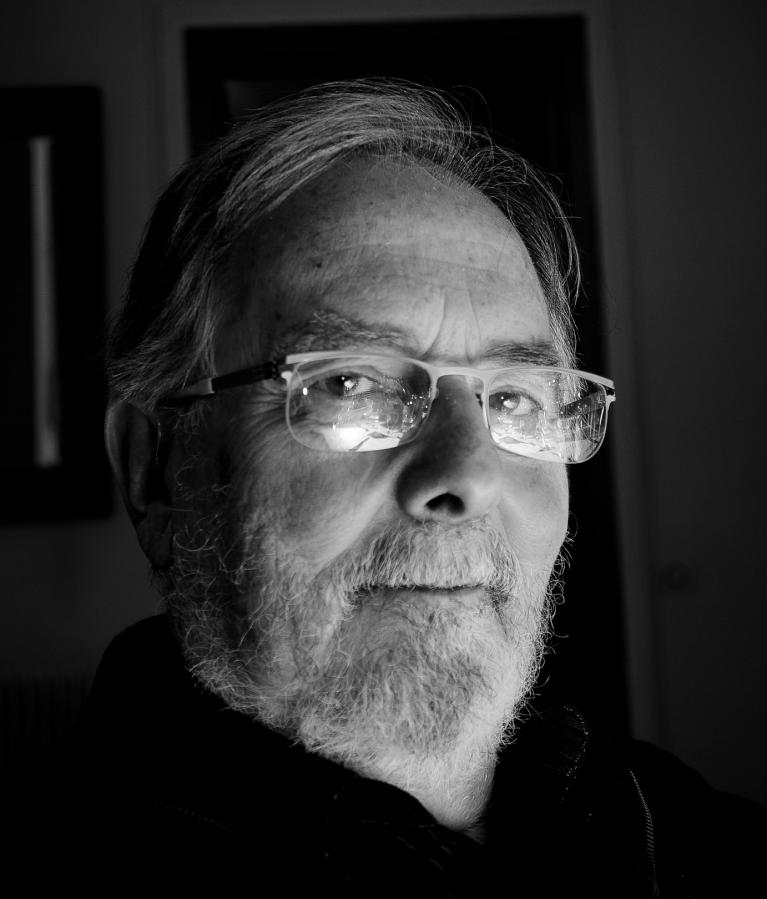
Antonio Lopez
(1943 – 1987)
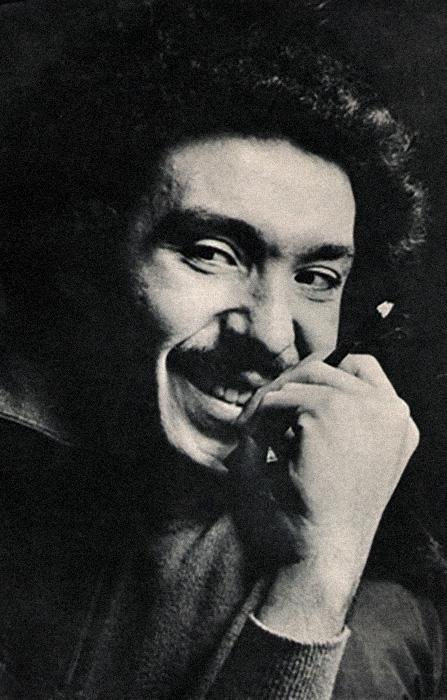
Giorgio Mizzi
(1940 – 2008)
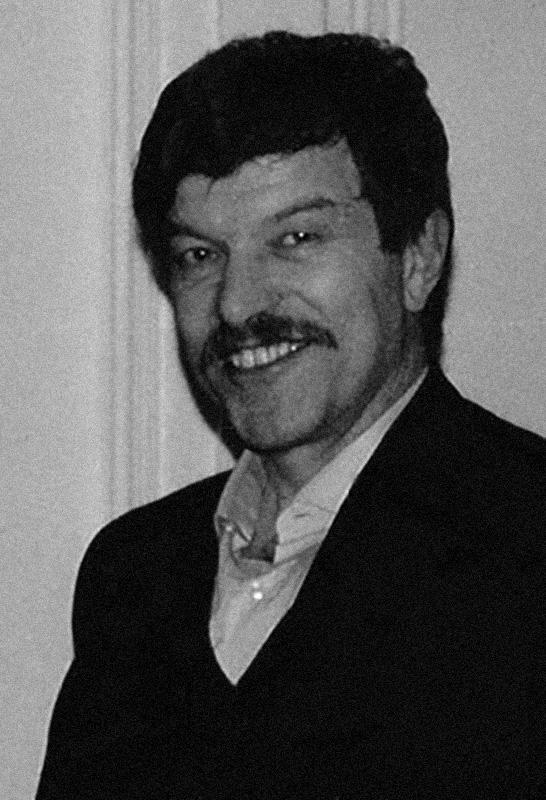
Patrick Nagel
(1945 – 1984)
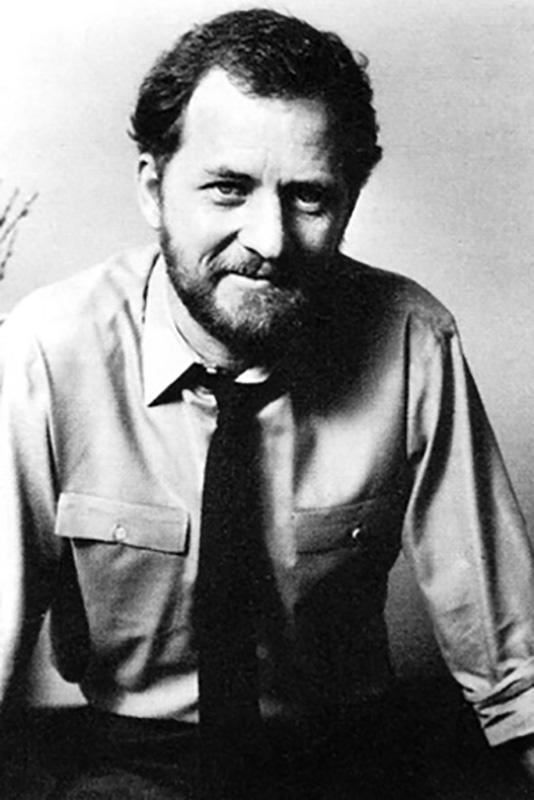
Pham Van My
(1950 - 2001)
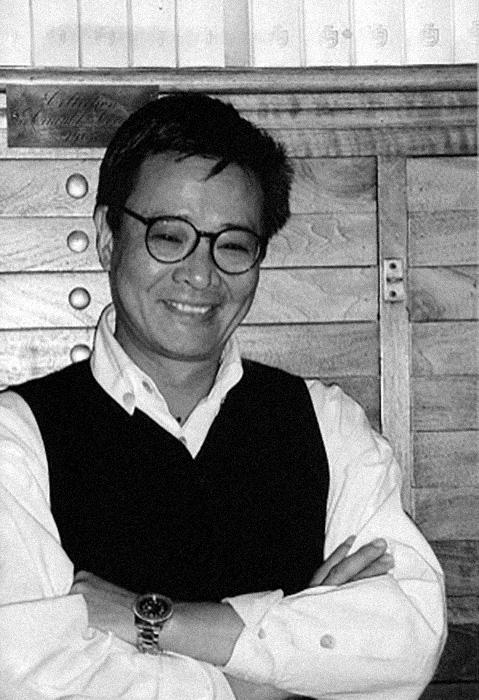
Christian Royer
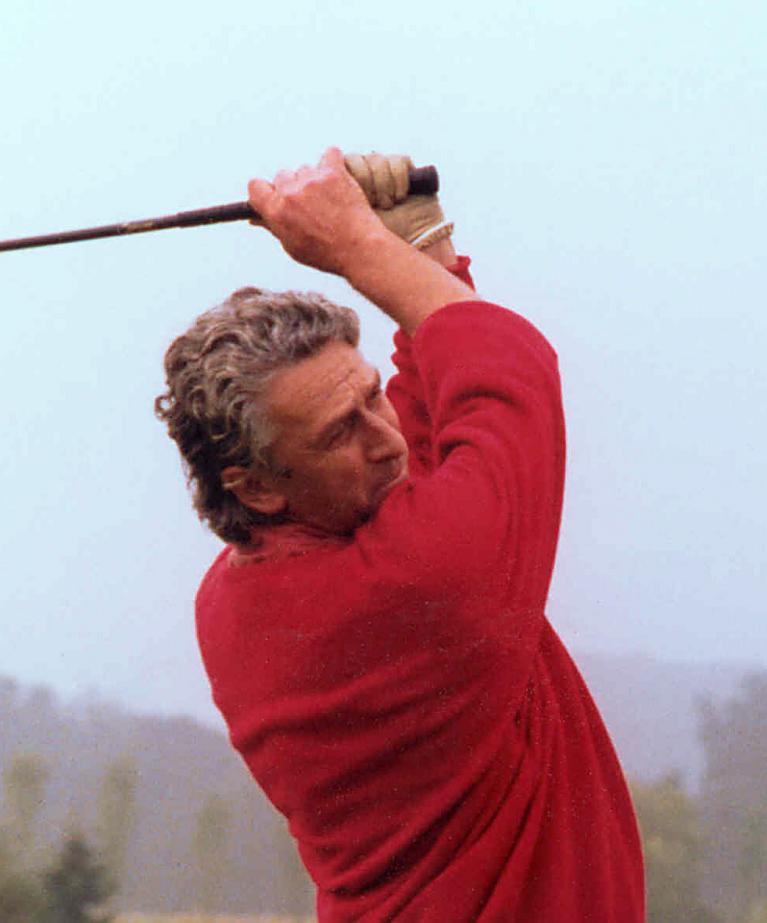
Sempé
(1932 - 2022)
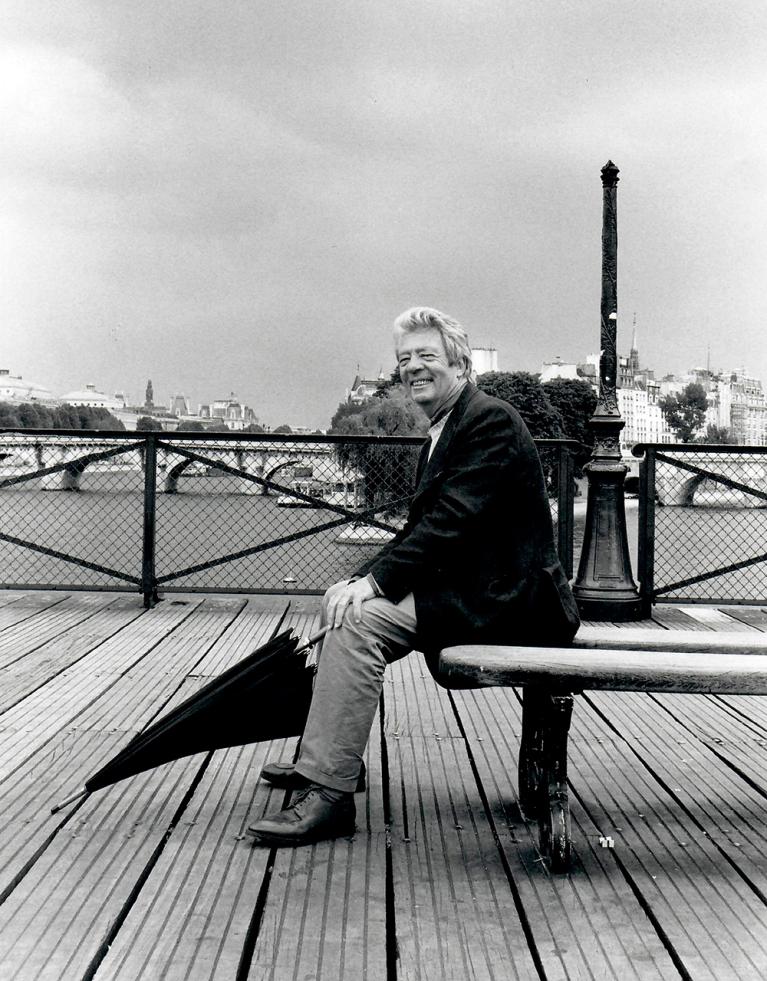
Everyone knows the 'Little Nick', the 'Little Dancer' and 'Mr. Sommer' as well as Sempé's innumberable drawings, which have appeared not only in French media but also regularly in the' New Yorker' and in countless illustrated books. His drawings always tell affectionately observed everyday stories of ordinary people about whom he learns the most when he watches them, as he said. From an interview he is quoted with the phrase: "To be human requires an enormous amount of bravery"; and he draws, "because I do not understand myself and because I do not understand the world".
I think back with great pleasure and gratitude to my cooperation with Sempé - although he mostly refused my requests for advertising campaigns with the sentence: 'Oh non, je suis désolé, mais cela me renderait malheureux pendent des mois' ('Oh no, I'm sorry, but that would keep me unhappy for months'). I like to remember conversations full of friendly humour and his reliable way of working, e. g. for the print campaign of Crédit Suisse at the end of the 90s, which Sempé - thanks to the virtually tailor-made concept of the McCann Zurich creative team - put into practice with obvious pleasure.
Dorothee Walter
(1945 - 2024)
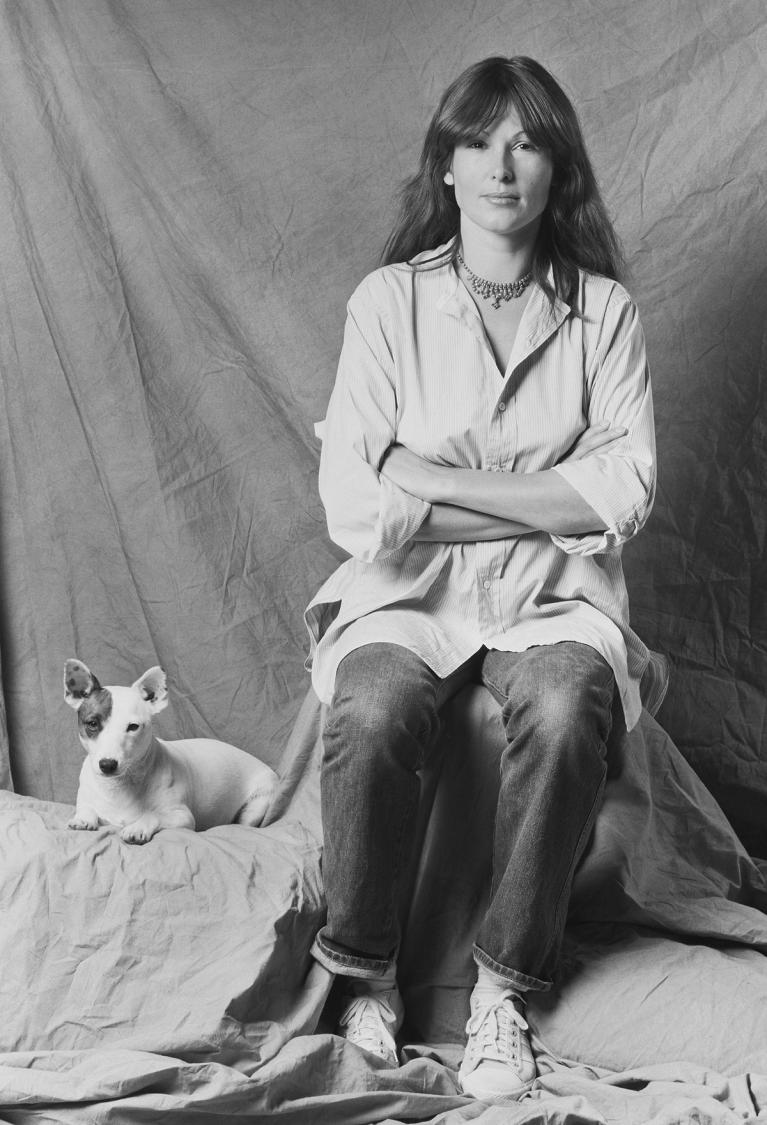
Dorothee Walter lived and worked as an illustrator in Munich from the 1970s into the 1990s.
Her realistic illustrations stood out for their attention to detail and subtlety. Through her collaboration with renowned magazines such as Stern, Playboy, Transatlantik, Eltern and book publishers, advertising agencies also discovered the individuality and charm of her work for their clients. Dorothee especially made a name for herself with a large number of motifs for an extensive print campaign for Nivea.
Parallel to her commissioned work, she created free drawings in sparse strokes, often with small dabs of gold, of wondrous, cheerful figures whose characteristics reappeared in her later sculptures.
At the end of the 1980s, Dorothee Walter moved to Mallorca. There she created her first figurative works from found objects from fields and scrap yards, whose further artistic refinement led to works in a smithy, where she created furniture and sculptures that found their fans in many solo and group exhibitions and thus made their way into a number of private collections.
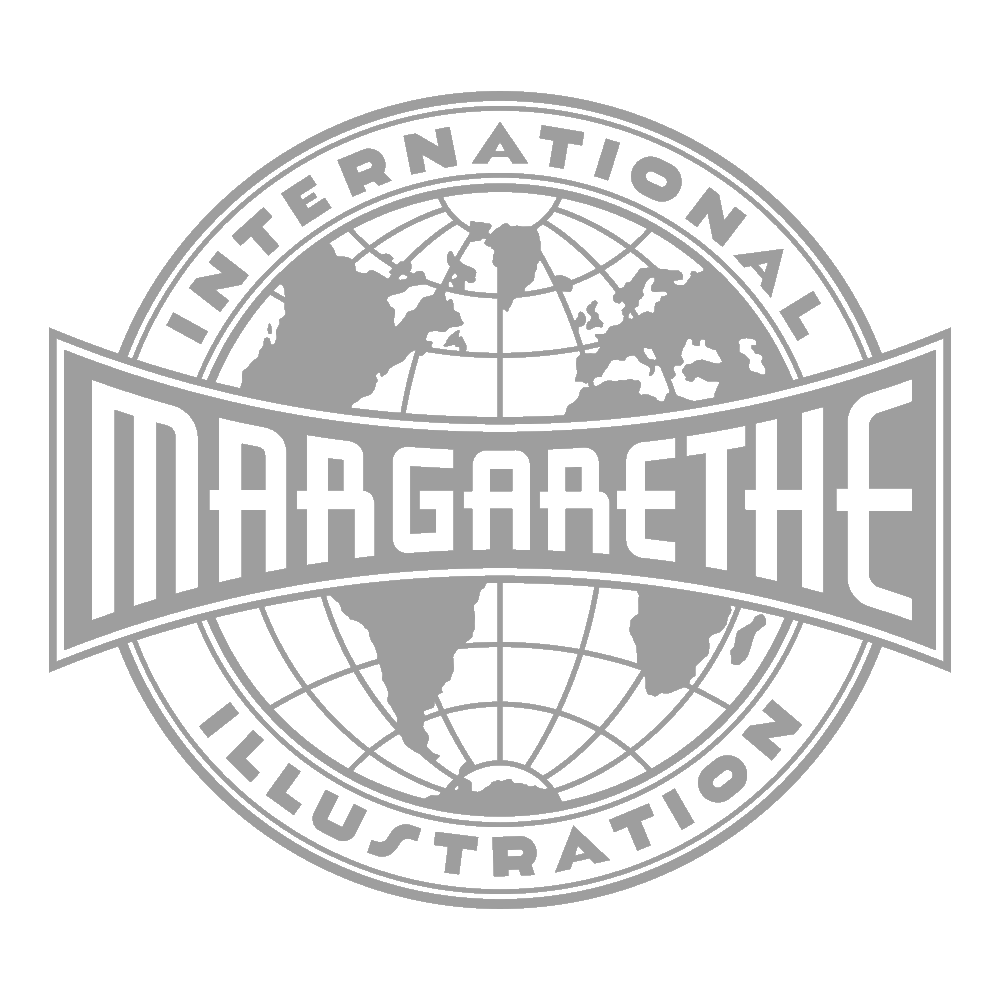
© Margarethe Hubauer International Illustration 2024